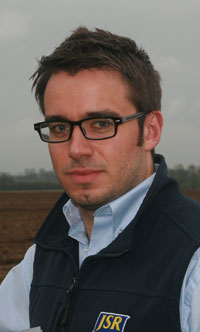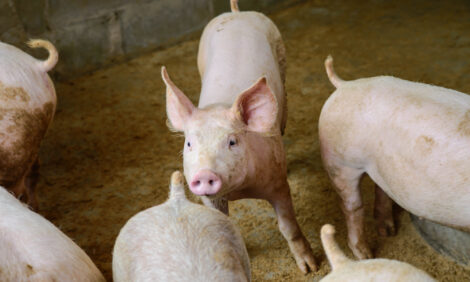



New Technology Is Always Worth a Second Chance
GLOBAL - During the last 60 years of fully commercialised pig farming, the industry has been blessed with many innovative minds, and a myriad of technologies have been devised to aid the accuracy and efficiency of the modern pig farm.
During the last 60 years of fully commercialised pig farming, the industry has been blessed with many innovative minds, and a myriad of technologies have been devised to aid the accuracy and efficiency of the modern pig farm.
Some of these systems were seemingly well before their time, which sadly meant they were trialled and released when the technology needed to make them a success was not available. Sadly the pig industry has a long memory when it comes to issues like these.
When a new product is unveiled which, at first glance seems to be a rehash of an old idea but perhaps this time has sound technology behind it, it is generally greeted with ‘we tried that years ago and it didn’t work then!’ This mentality has ultimately resulted in a decline in the uptake of new technologies in the UK pig industry.
Judging today’s technologies on how their counterparts performed in the 1980’s is neither practical nor realistic. Comparing a 1980’s mobile phone to one you can get off the shelf today really does highlight how far technology has moved forward.
A factor that certainly will affect the utilisation of technology within the industry is the influx of new recruits coming in from academia. All of these graduates and College leavers will bring with them ideas and enthusiasm, but most of all they will bring with them the confidence to embrace innovation and make it work for them.
Whether it’s running production management systems from their iPads, using the latest feeding package, or looking at new treatments for illness, the new generation of pig producer will undoubtedly champion the cause of new technology and employ it to great effect within their own businesses.
JSR regularly investigate new products, and as a company are fortunate enough to have a group of producers who feel if they aren’t trying something new then they’re going backwards, much like the new recruits mentioned previously. This allows us to actively assess most new products on the market to see if they give a measurable benefit to the producer.
JSR indoor producers are now, in some cases, exceeding 30 pigs weaned per sow and some outdoor producers are reaching over 13 born alive and weaning over 11 per litter. Due to this outstanding performance we have been continually working with them to ensure that these additional pigs produced are translated into profit for the production business. This includes looking further into new technologies available or considering adaptions to existing technology e.g. for the outdoor producers, considering how the rescue deck concept could work on their farm.
Recently, one technology highlighted at a JSR Open Forum, was the Gestel FM Automatic Lactating Sow Feeder system. As the name suggests, it’s an automated feeder that fits on to a farrowing pen or freedom farrowing system. The feeder is controlled by the sow, while following the feed curve supplied to you by your nutritionist.
Sow-controlled feeding allows producers to monitor each sow’s intake individually, allowing more feed to be given to an animal with a greater requirement, while at the same time helping the stockman locate a sow that is has a lower-than-optimum intake.
This system was first demonstrated in 2009 but it has taken until now to see significant interest in the UK.
The manufacturers (JYGA) claim up to a 1kg gain in weaning weight and our producer has seen results approaching this, along with the number of pigs weaned increasing by 0.8. The increase in numbers weaned could be attributed to the fact the sow no longer associates human interaction with the delivery of feed, therefore when stockmen enter the farrowing house the sows are less inclined to stand as if they are about to receive food. This lessened standing reaction has the added benefit of lowering the risk of piglet being laid on by the sow.
This system is costly however, and in these times of austerity it is viewed by most as an expensive luxury with little gains, but when you dig a little deeper and look at the true benefits the payback period is less than two years, which is very impressive for a piece of pig equipment.
With JSR genetic improvement ensuring continual increases in the number of pigs weaned per sow, the industry has to look to new technologies to ensure improved productivity levels are maintained long term and the lactating sow and her offspring are key to the profitability of all pig production businesses.
Perhaps this new technology is worth considering after all?








